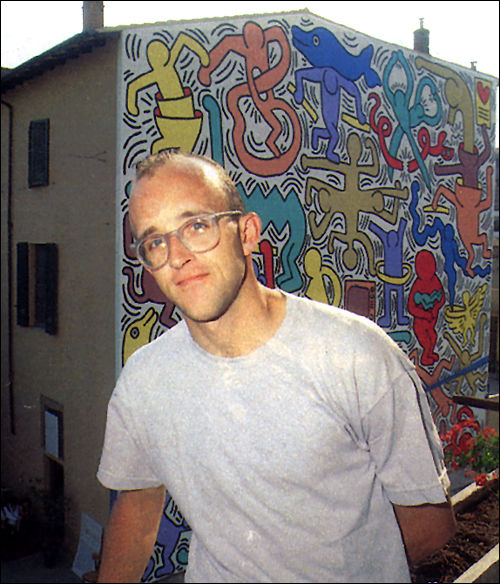fourth grade cubist self portrait
Fourth grade spent the first unit of the year learning about CUBISM. We examined many of Pablo Picasso’s cubist artworks and identified six techniques often found in cubist paintings such as the use of geometric shapes, frontal and profile in the same portrait, rearranged facial features, asymmetry, broken mirror effect, and abstraction. Students used their chromebook camera apps to take multiple pictures of their facial features and used them to create several observational drawings on note cards.
Pablo Picasso
Portrait by Pablo Picasso
students using camera app on chrome book to take close up photos of their facial features.
Next, heads, necks, and shoulders were added (some more realistic while others more abstract) with the facial features arranged and glued on top. We used tempera cakes and chose colors that reflected a specific emotion in our painting. Lastly, we used oil pastels once the paint dried to bring out certain colors and add details/patterns. Once students finished their portraits, they wrote artist statements that reflected back on their artwork and art making process.
Student Artwork






















